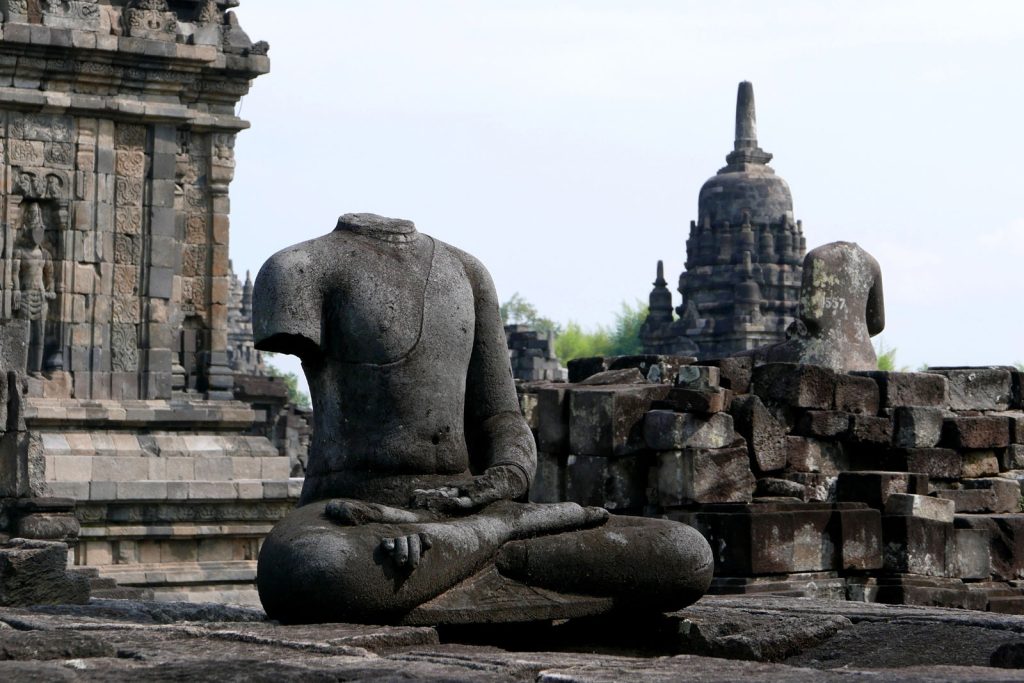A Zen teacher was talking with a colleague about a student. “I’m quite puzzled by this one student. I told her to rest attention on the breath and count up to ten breaths and then start again,” said the Zen teacher. “She keeps saying that she can never get past five before she is distracted. As soon as she notices she is distracted, she starts again. In every meditation interview, she says she must be doing something wrong, because she never gets further than five. I don’t understand why she thinks that.”
What is going on here?
From the student’s point of view, she is not succeeding. She is probably thinking, “I place my attention on the breath and start counting, but I get distracted, and I never get past five. I must be doing something wrong.”
Likewise, the teacher is probably thinking, “She is practicing very well. Every time she notices that she is distracted, she returns to the breath and starts again.”
Misunderstandings such as this one are quite frequent in the teacher-student interaction. In this case, the student is intent on achieving a goal while the teacher is interested in her willingness to keep making a certain effort. Here, the student is practicing with the idea that when she rests on the breath for ten breaths, she will have developed some consistency in her meditation. She is intent on achieving that goal. The teacher doesn’t regard that goal as important. Five breaths, ten breaths, twenty-one breaths—it doesn’t matter. What matters to the teacher is that the student keeps coming back whenever she recognizes distraction.
We think of consistency, stability, and focus as qualities that we can develop in our meditation. But when I look closely at my own experience, I don’t find any of these qualities. Subjectively, my meditation is a mess. Stuff pops up unexpectedly all the time. Thoughts appear and disappear, sometimes like a herd of elephants, sometimes like ants, sometimes like mist. Different emotions sing their siren songs. A plane passes overhead, or a car starts up, or the sprinklers turn on. Sometimes I’m comfortable sitting and sometimes I’m not because I’m aware of heat or tension or agitation in different parts of my body. When any of these thoughts, feelings, or sensations hook me, I’m in another world, and I only realize that I’ve been distracted after the fact.
I’ve given up trying to have consistent attention, stable attention, or even a clear focus. When I notice that I’m not meditating, I just come back. That’s all.
What I do find in my practice is an ever-evolving ability to be aware of thoughts, feelings, and sensations as thoughts, feelings, and sensations. Is this ability to be aware consistent? No, but the awareness always seems to be there when I come back.
While I’ve found a way to sit down at more or less the same time every day, I still have to make the effort. Sometimes it’s good, sometimes it isn’t, but it is not at all clear what good means. Most of the time, good seems to mean that I’m feeling good, but does that mean that the practice is good? I’ve noticed that I don’t learn much when I’m feeling good, but I do learn a lot when I’m having difficulty. So what type of good are we looking for?
When I was teaching, I was constantly on the alert for ideas in students that would trip them up in their practice. I had learned from my own stubbornness how problematic such ideas can be, and how difficult it is to dislodge them or let them go.
When we have an idea about how practice should be, we almost always find that the experience is different from our expectations, and then we assume we are doing something wrong. We try harder. We try to correct whatever error we think we are making. We may talk with fellow practitioners. Some of them seem to have the same problem, but they cannot figure out what they are doing wrong, either. We may talk with our teacher, but he or she also doesn’t understand our problem or doesn’t think it is important.
Frustrated, we go to other teachers. We study various texts and treatises. We learn a lot of methods, we learn about various traps, and we accumulate an impressive array of remedies—but it is all for naught. Our experience still does not correspond to our idea of how things should be.
Through all this, we never realize that we are making a huge assumption: we think we know what practice should feel like.
For me, the hardest part was to recognize that my ideas and assumptions about practice were simply thoughts—persistent thoughts, persuasive thoughts, authoritative thoughts, but in the end, just thoughts. Little by little, more by force of circumstances than any exercise of intelligence, I learned to know them as thoughts. And I can recognize that now—most of the time.
What I suggest is that you learn how to place attention, whether in the experience of breathing, in the flow of experience, or in awareness itself. Then train to return to attention whenever you become aware that you are lost. And then just do it. Place attention and rest. Return and rest. Again and again.
Don’t look for consistency. Don’t look for stability. Don’t look for focus, or any particular quality at all. Every one of those is a kind of chimera that will lead you into a labyrinth of confusion.
In the words of Niguma, one of the progenitors of the Tibetan Shangpa Kagyu tradition:
Don’t think about your teacher or your practice.
Don’t think about what is real or not real.
Don’t think about anything at all.
Don’t control what you experience.
Just rest in how things are.
♦
This article originally appeared, in slightly different form, in the Unfettered Mind newsletter.
Thank you for subscribing to Tricycle! As a nonprofit, we depend on readers like you to keep Buddhist teachings and practices widely available.

